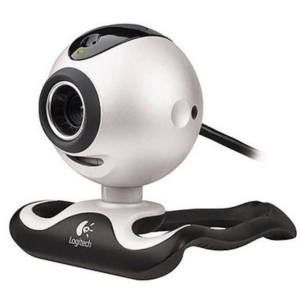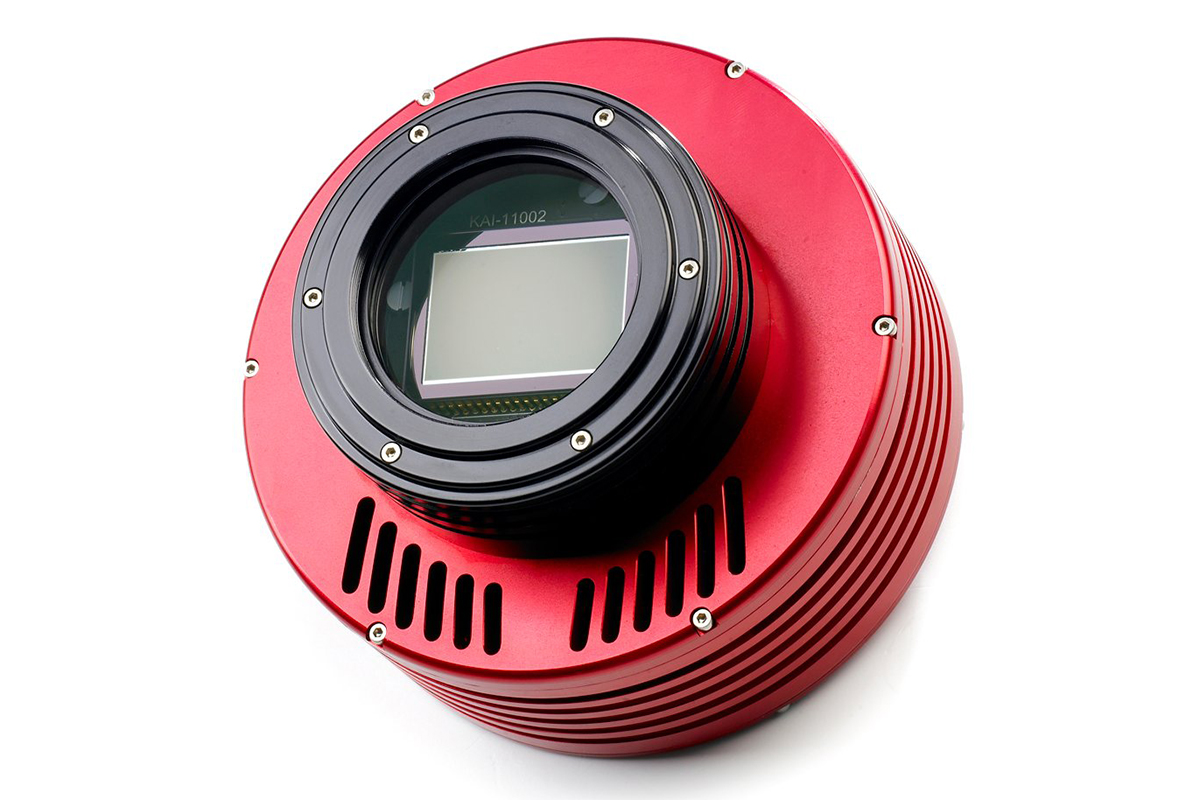Special case: webcams

Webcams are a relatively recent device, with video conferencing being their main application. But amateurs have discovered in these devices an astrophotographic accessory, as a variant of a DSLR/mirrorless camera. A webcam has a sensor that captures luminosity, which is normally CMOS type; This is not as sensitive as a CCD one (which some webcams do come with), but they still achieve acceptable results when attached to a telescope. Being a digital medium, it requires interaction with a computational environment, so if you want to use it during an outdoor observation, in the field, it will be necessary to bring a laptop to control it.
Features of a webcam
Webcams are usually quite small, light and easy to transport, facilitating its use in astronomical applications. They are not very expensive and are within the reach of a wide range of astrophotography beginners who want an alternative to DSLR/mirrorless cameras in a digital environment. The advantage of using a webcam as a digital medium is the option to perform later adjustments via software to enhance the best “material” from a video capture, eliminating that of lower quality to arrive at the final result.
 This accessory has interesting advantages as an astrophotography accessory. While any external webcam could be useful, one of the first to build this reputation was the TouCam Pro of Philips, by having a sensor CCD instead of the traditional CMOS from other webcams, thus capturing more light. Currently there are much more advanced webcams (e.g. Logitech Quickcam Pro, Microsoft LifeCam Studio 1080p HD) and models clearly oriented to astrophotography (e.g. SVBONY SV305, Orion StarShoot USB Eyepiece Camera II), so it is not necessary to modify them to attach to a telescope.
This accessory has interesting advantages as an astrophotography accessory. While any external webcam could be useful, one of the first to build this reputation was the TouCam Pro of Philips, by having a sensor CCD instead of the traditional CMOS from other webcams, thus capturing more light. Currently there are much more advanced webcams (e.g. Logitech Quickcam Pro, Microsoft LifeCam Studio 1080p HD) and models clearly oriented to astrophotography (e.g. SVBONY SV305, Orion StarShoot USB Eyepiece Camera II), so it is not necessary to modify them to attach to a telescope.


